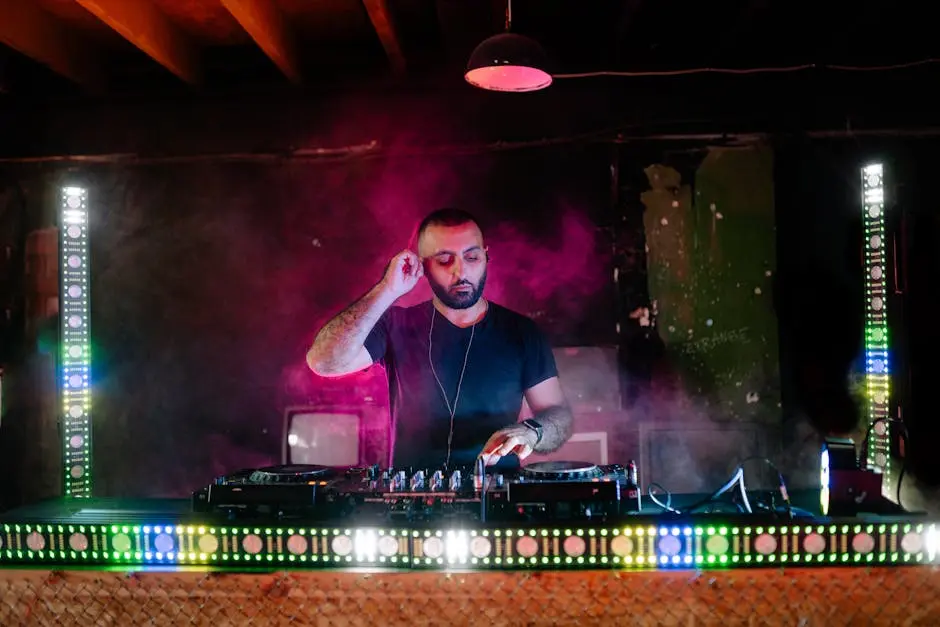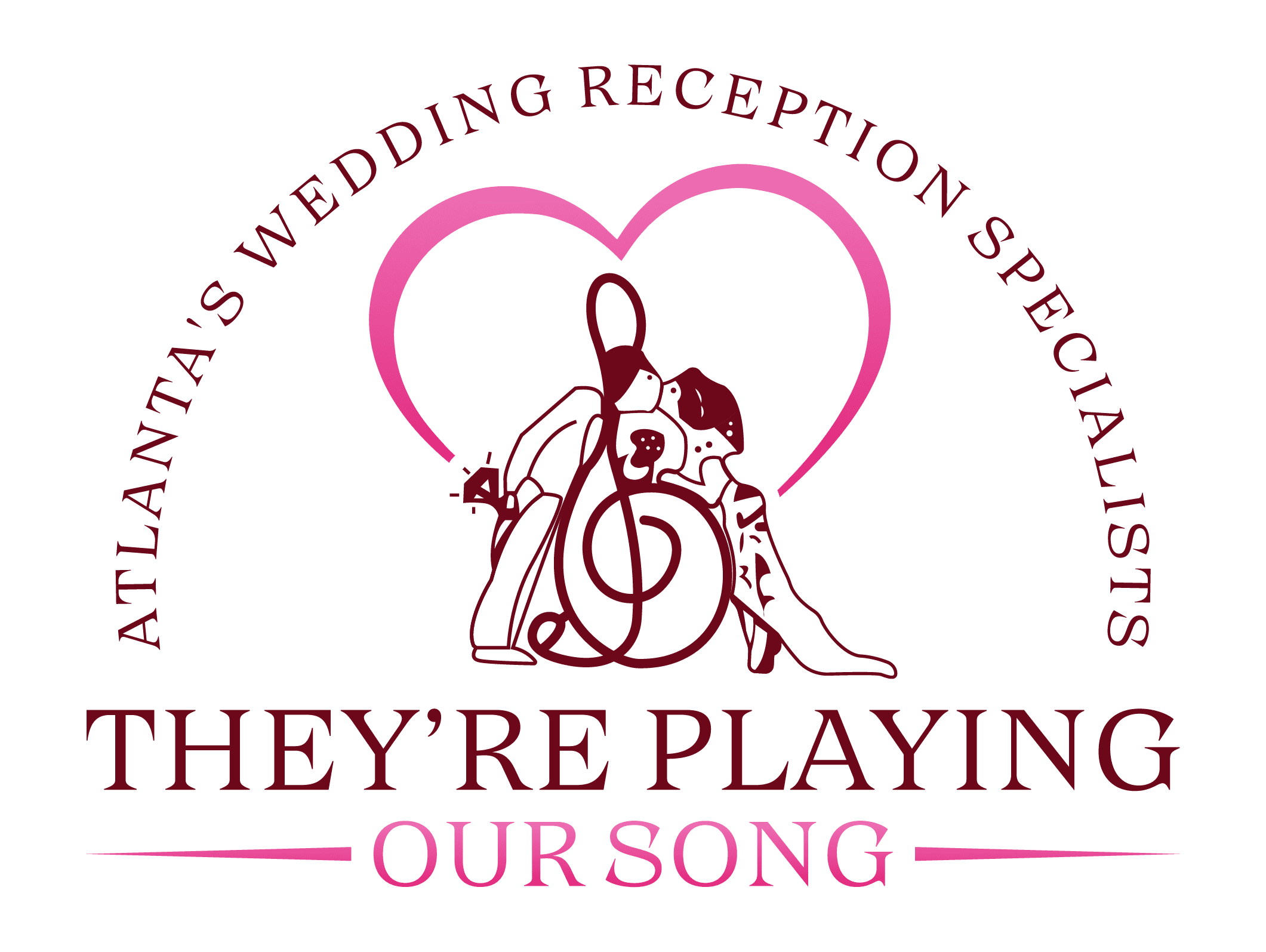Welcome to our ultimate guide on DJ stage lighting! Whether you’re a seasoned DJ or just starting out, lighting can make or break your event. It sets the mood, enhances the experience, and leaves a lasting impression on your audience. In this guide, we’ll break down everything you need to know about DJ stage lighting—from the basics to advanced techniques—so you can create unforgettable events that shine.
Understanding the Importance of DJ Stage Lighting
Discover how lighting affects the overall impact of your performance and why it’s essential for engaging your audience. Lighting isn’t just an accessory; it’s a critical component of your show. When done right, it can amplify the energy of the music and captivate your listeners. Picture this: a dimly lit venue, the bass reverberating through the crowd, and just as the beat drops, the lights burst into a vibrant display. That moment creates an unforgettable experience, connecting the audience emotionally to the music.
Moreover, lighting can influence the mood of your event significantly. For instance, warm colors can evoke feelings of intimacy, while bright, bold hues can create a festive atmosphere. Recognizing the psychological impact of colors can help you design a lighting scheme that resonates with your audience’s emotions.
In addition to mood, consider the visibility of your performance. Your audience needs to see you, your equipment, and the atmosphere you’re creating. Effective use of lighting not only highlights your performance but also engages the audience by directing their attention where it matters most. The balance of light and shadow is crucial and mastering this art will lead to truly unforgettable events.
Essential Types of DJ Stage Lighting Equipment
Learn about the various types of lighting equipment available, including LED lights, moving heads, and strobe lights, and how each can enhance your setup. The variety of options can be overwhelming, but understanding each type’s distinct characteristics can help you make informed decisions.
LED lights are versatile and energy-efficient, making them a popular choice for DJs. They can change colors on command and produce a wide range of effects that can fundamentally transform the ambiance of your event. Meanwhile, moving heads offer dynamic movement, allowing you to create stunning light shows that dance across the venue. These lights can be programmed to move in sync with the music, adding a layer of excitement.
Strobe lights, on the other hand, can create an intense atmosphere, especially during high-energy moments in your set. However, it’s essential to use these sparingly, as excessive strobe light can lead to discomfort for some attendees. By combining these different types of lighting, you can craft a rich visual experience that complements your sound, elevating the overall event.
Don’t forget to consider the control systems for your lighting. DMX controllers allow for intricate programming and automation, giving you the ability to create complex lighting sequences that react to your music in real-time. These controllers can be the key to seamless integration, enabling your lights to respond instantaneously and enhancing the immersive experience for your audience.
Creating a Lighting Layout for Your Event
Explore how to design a lighting setup that complements your stage and creates the desired atmosphere, taking into consideration the venue and audience. The first step in your design process is assessing the venue. A larger space may require powerful lights positioned high to project their reach across the area, while smaller venues might benefit from lower, more intimate setups.
Next, think about the dynamics of your performance. Will you be stationary, or are you planning to move around a lot? A well-planned layout ensures that the audience can see you regardless of where you are on stage. Using a triangular configuration can allow for broad coverage while maintaining focus on your performance.
It’s also important to create depth with your lighting. Layering different types of lights enables you to add texture and dimension to your visual presentation. For example, backlighting can enhance the illusion of space, while side lighting can create dramatic shadows.
Lastly, always keep the audience in mind. The goal is to enhance their experience without overwhelming them. Striking the right balance between excitement and comfort is essential, as a well-lit event should engage the senses while maintaining an inviting atmosphere.
Choreographing Lights to Music
Find out how to synchronize your lighting effects with your music to maximize the emotional impact on your audience. This aspect truly transforms an ordinary show into an extraordinary event. Start by thinking about the rhythm and flow of your set. Each beat, drop, and crescendo presents unique opportunities to enhance the lighting.
Consider creating a visual storyboard that pairs specific transitions and sections in your music with lighting effects. This approach not only helps in planning but also allows you to familiarize yourself with how light can tell a story alongside your beats.
You might experiment with different effects—such as flashes during drops, softer glows during mellow sections, or sweeping motions during build-ups. If you’re using DMX lighting, programming these cues will enable a perfectly timed light show.
Often, less is more. Letting moments breathe can be just as impactful as overwhelming your audience with a flurry of colors. Master the interplay between stillness and movement to guide their emotions throughout your set.
Managing Power and Safety Considerations
Understand the importance of proper power management and safety measures to ensure a smooth and secure operation during your events. Inevitably, as your lighting setup grows more intricate, so does the complexity of power management. Overloading circuits can lead to serious outages or worse—safety hazards.
Before your event, take the time to map out the power requirements for each piece of equipment. This way, you can avoid any unexpected surprises when it’s showtime. Utilizing power distribution units can help manage multiple circuits efficiently, allowing for a clean and organized setup.
It’s not just about power; proper cable management is also paramount. Tripping hazards can lead to injuries and liability issues. Ensuring that all cables are secured and organized prevents accidents and keeps your stage looking professional.
Lastly, always have a contingency plan. No matter how well you prepare, unexpected issues can arise, and being ready will save your event. Regular equipment checks and having backup plans ensures that when you do face a challenge, you can address it quickly to keep the show on the road.
Tips for Setting Up and Testing Your Lighting
Get practical advice on how to set up your lighting rig effectively and test everything before the event starts, ensuring a hassle-free experience. Start by arriving early to give yourself enough time for a thorough setup. Rushing can lead to mistakes that may create significant problems later. Lay out each piece of equipment, making sure it aligns with your planned lighting layout.
Once everything is positioned, it’s testing time! Run through each light and effect to ensure they function correctly. This is your opportunity to catch any issues well before your audience arrives. Pay attention to the color temperatures and ensure that all lights are communicating with your control system seamlessly.
Furthermore, adjusting the angles and intensities of your lights during testing can often reveal surprising results. Sometimes, what looks great on paper doesn’t translate perfectly in a live setting. Use this time to fine-tune aspects of your setup.
Lastly, involve someone else in the testing process. Fresh eyes can identify flaws you may overlook after being so close to the setup. Their feedback can be invaluable and will help ensure that your lighting is truly ready to dazzle on event day.
Wrapping It Up: Illuminate Your Events with Confidence
No matter the size or style of your event, the right lighting can elevate your performance and create a magical atmosphere. By understanding the different types of lighting, how to choose the best equipment, and how to choreograph your lights to your music, you can turn an ordinary night into an extraordinary experience. Keep experimenting and learning, and watch as your events become more dynamic and memorable!








